Love that soft, cloud-like texture of Asian breads? It’s all thanks to Tangzhong or Yudane. While Tangzhong is popular, I’ve found Yudane makes bread even fluffier—and I’ll show you why.
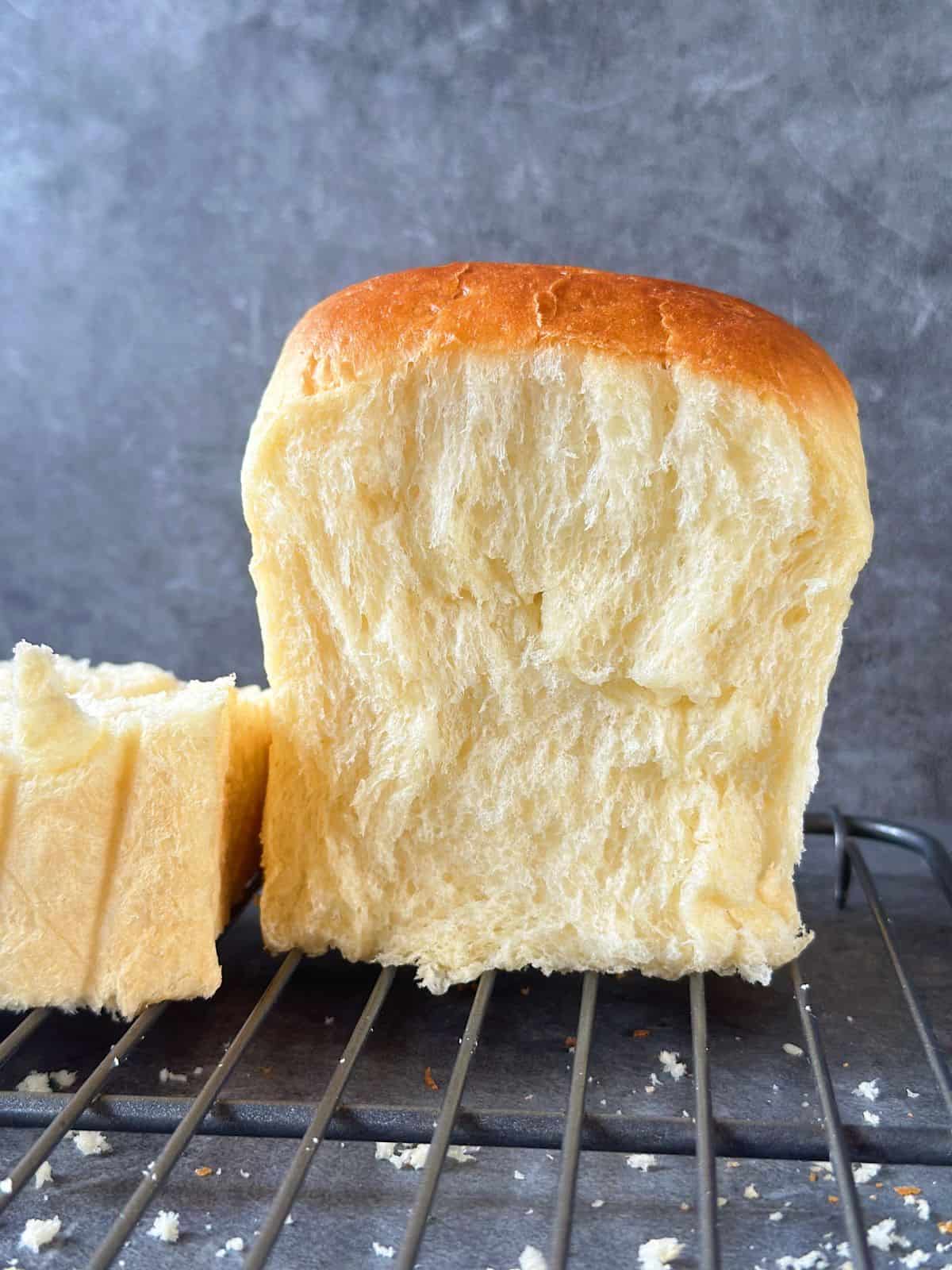
What is Yudane? How is it Different from Tangzhong?
If you’re in a hurry and just want to get cooking, feel free to jump into the recipe card.
Both Tangzhong and Yudane share the same characters in Chinese and Japanese (湯種), meaning “water roux”—they’re simply pronounced differently in each language. While they serve a similar purpose in bread baking, their methods differ slightly.
In the Tangzhong method, popularized by Chinese home baker Christine Ho, flour is cooked with water or milk at a ratio of 1:5 and heated to 65°C (149°F) until the starch is fully gelatinized into a smooth paste.
In contrast, the Yudane method involves pouring boiling water directly over flour in a 1:1 ratio and mixing quickly, allowing the starch to gelatinize instantly without cooking on the stove.
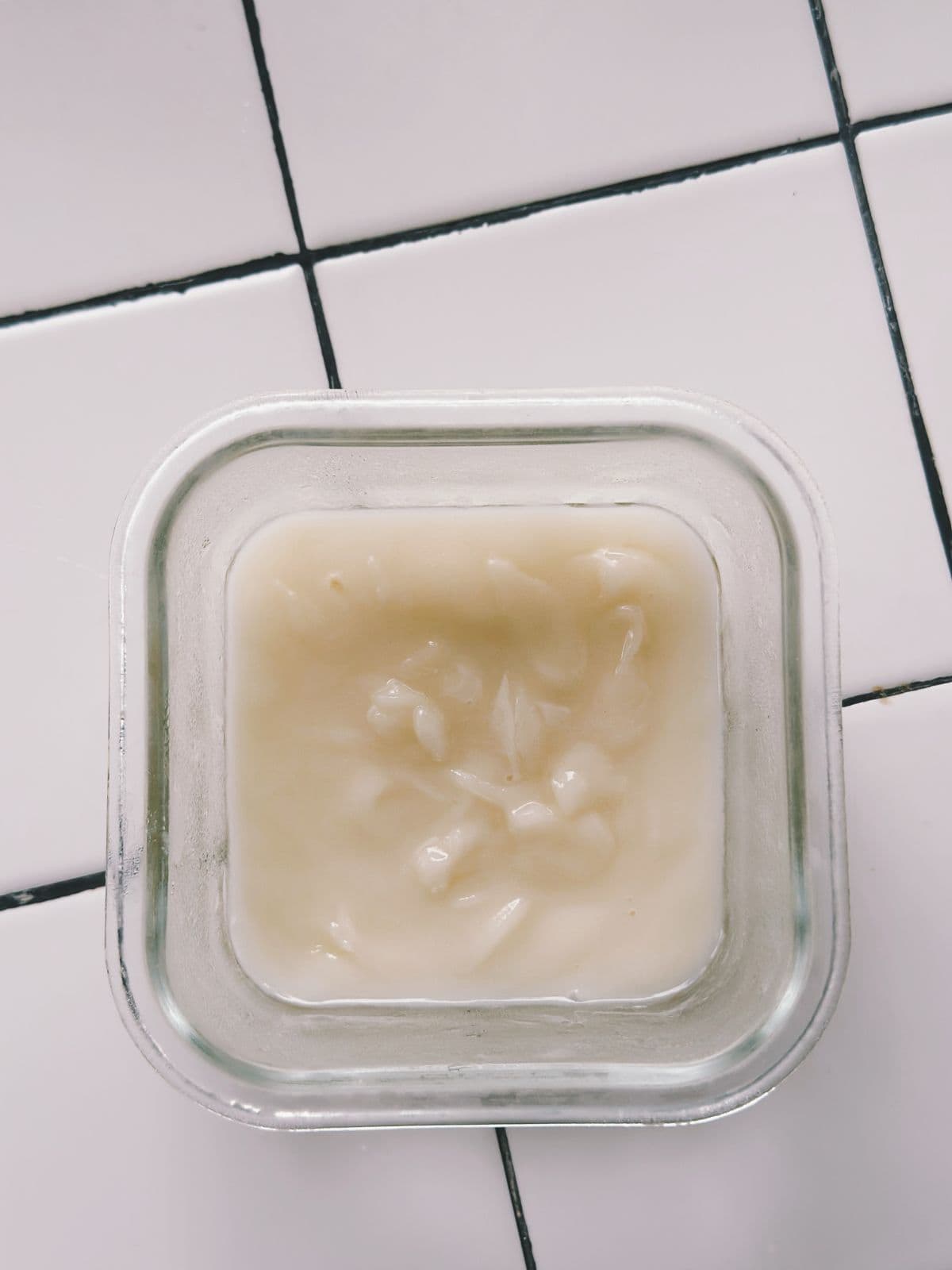
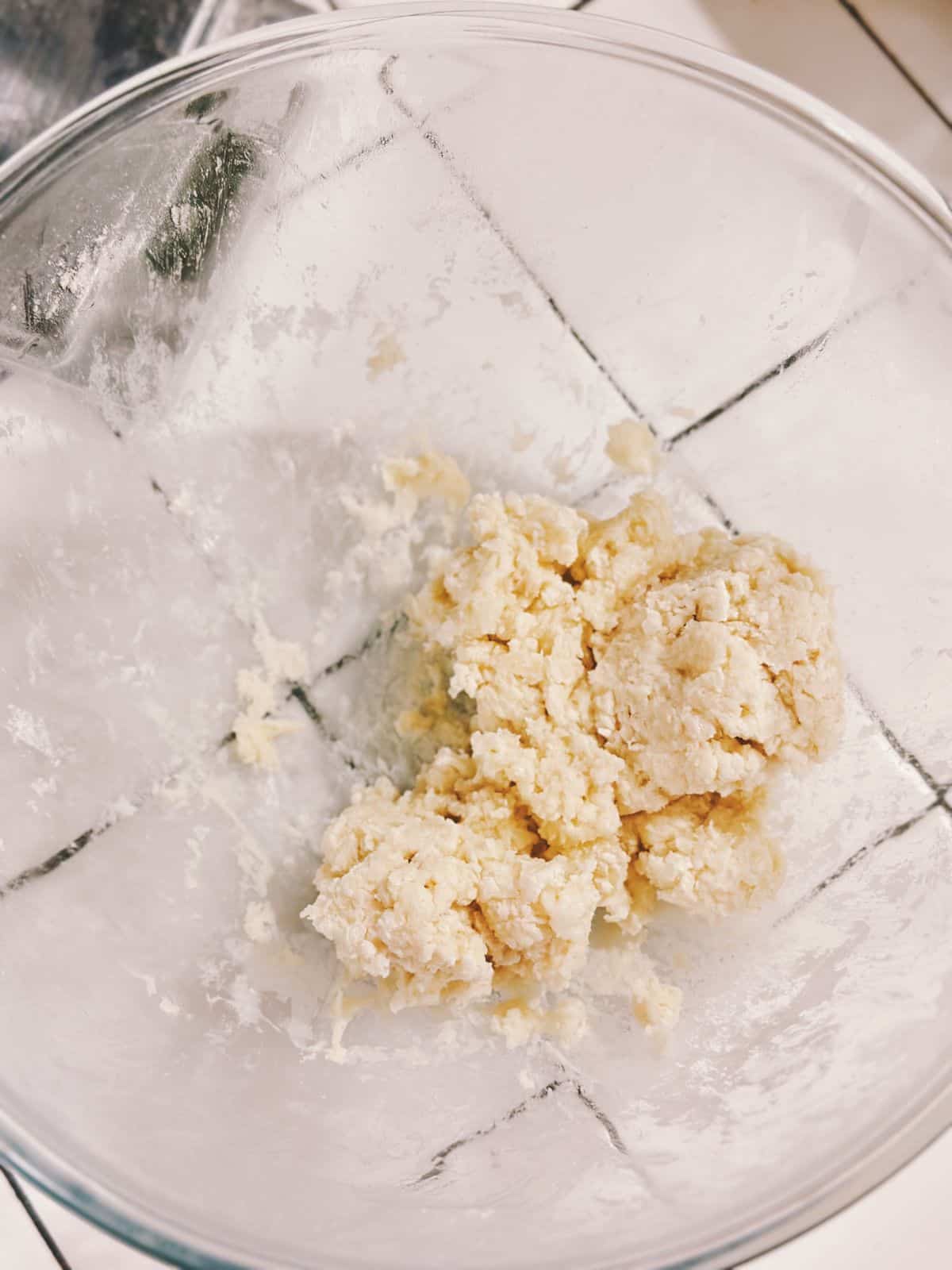
This pre-gelatinization of starch in both methods allows the dough to absorb and retain more water, resulting in:
- Softer crumb
- More tender gluten structure
- Better volume and longer freshness
This is exactly the kind of soft, pillowy bread texture that many people across Asia love !!
Aside from Tangzhong and Yudane, Chinese bakers also love using a prefermented dough technique to make bread and steamed buns even softer and more pillowy.
One example is Lao Mian (not to be confused with the noodle dish Lo Mein). Lao Mian is quite similar to Western methods like biga or poolish, where part of the dough is fermented in advance to enhance flavor and texture.
For even better results, advanced bakers often combine Tangzhong or Yudane with preferments like Lao Mian, poolish, or biga, creating breads that are not only extra soft and moist but also richer in flavor and aroma.
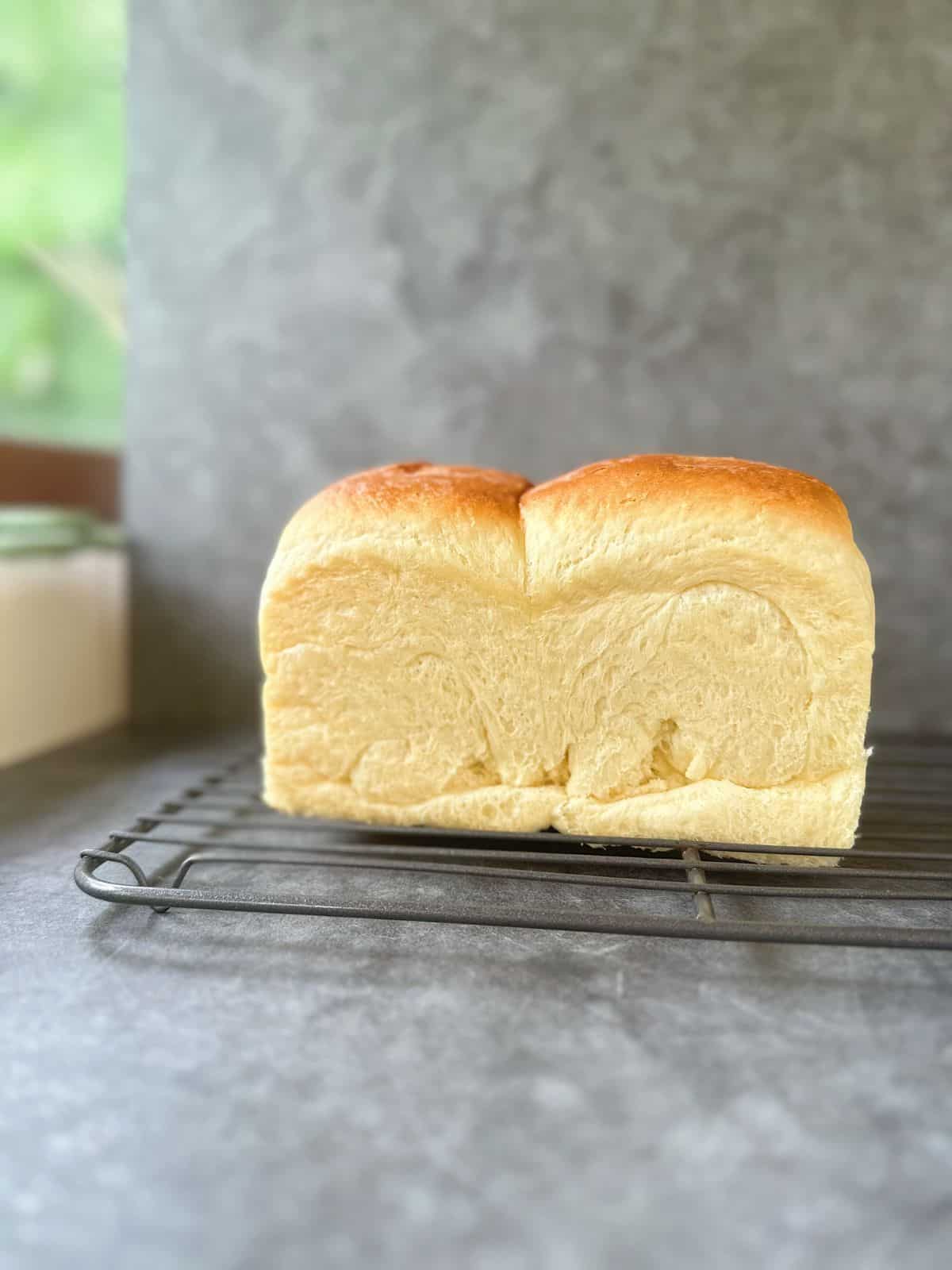
Why I Prefer Yudane Over Tangzhong ?
To be honest, both methods work really well, and the choice often comes down to personal preference. But after several trials, I’ve found that Yudane consistently gives me a better experience—especially when it comes to handling the dough.
One big advantage? It doesn’t require any cooking. That means you don’t have to stress over hitting the exact temperature or accidentally overcooking the roux, which can lead to excess water evaporation and throw off your dough’s hydration.
Plus, Yudane makes it easier to adapt regular bread recipes. Since no water is lost in the process, you don’t have to second-guess your flour-to-liquid ratio. Just pour boiling water over the flour, mix, and you’re good to go.
How to Make Yudane – And Is the 1:1 Ratio Really Optimal?
Making Yudane is very simple: just pour boiling water (yes, it must be boiling) over the flour and mix immediately. This allows the flour to absorb the water quickly and gelatinize evenly.
Once it forms a sticky, dough-like paste, let it cool completely. When you’re ready to make your dough, you can cut the Yudane into small pieces with scissors to help it incorporate more easily.
The standard ratio for Yudane is 1:1 flour to boiling water by weight, but personally, I prefer a ratio of 1:1.2. Adding a bit more water helps the flour gelatinize more thoroughly, resulting in a softer, more hydrated final dough.
Converting Any Bread Recipe into a Yudane Version
Yudane is a beloved technique in Asian baking, especially in soft breads like Shokupan (Japanese milk bread), Hokkaido milk bread, and even Chinese steamed buns.
I often use one master dough with Yudane or Tangzhong to recreate all kinds of fluffy bakery-style treats you’d find in a Chinese or Asian bakery, such as:
But the beauty of Yudane is that it’s not limited to Asian recipes. You can easily apply it to almost any of your favorite bread recipes to make them softer, moister, and longer-lasting. Here’s how:
- Use 20–30% of your total flour for the Yudane.
- For example, if your recipe uses 500g flour, take 100–150g of that flour to make Yudane.
- Make the Yudane:
- For 100g flour, pour in 120g boiling water.
- Mix immediately until it forms a sticky, dough-like paste.
- Let it cool completely, or better yet, rest overnight in the fridge.
- Adjust your main dough:
- Subtract the flour and water used in Yudane from your original dough recipe. If you used 100g flour and 120g boiling water in the Yudane, subtract 100g flour and 120g water from the main dough.
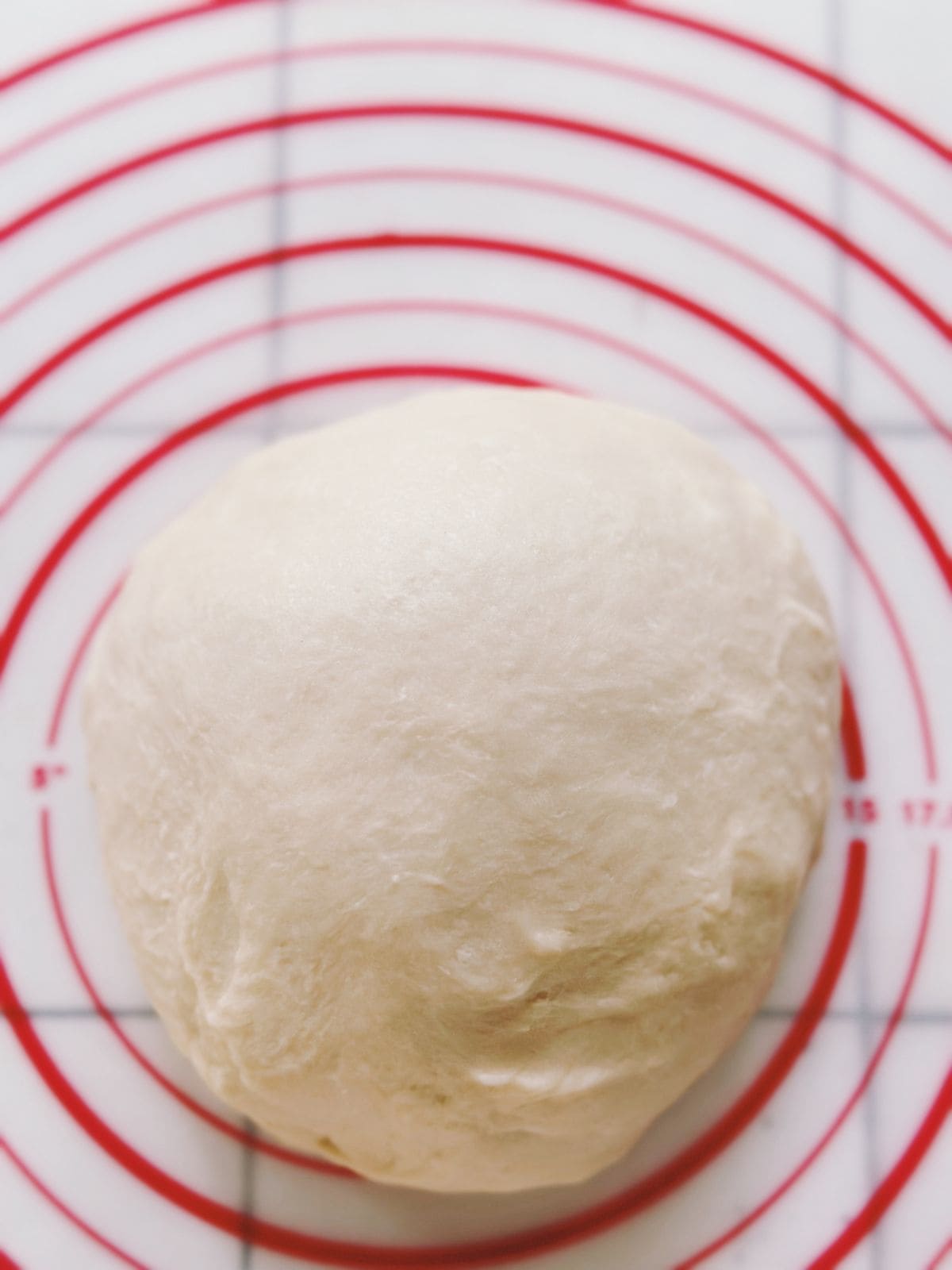
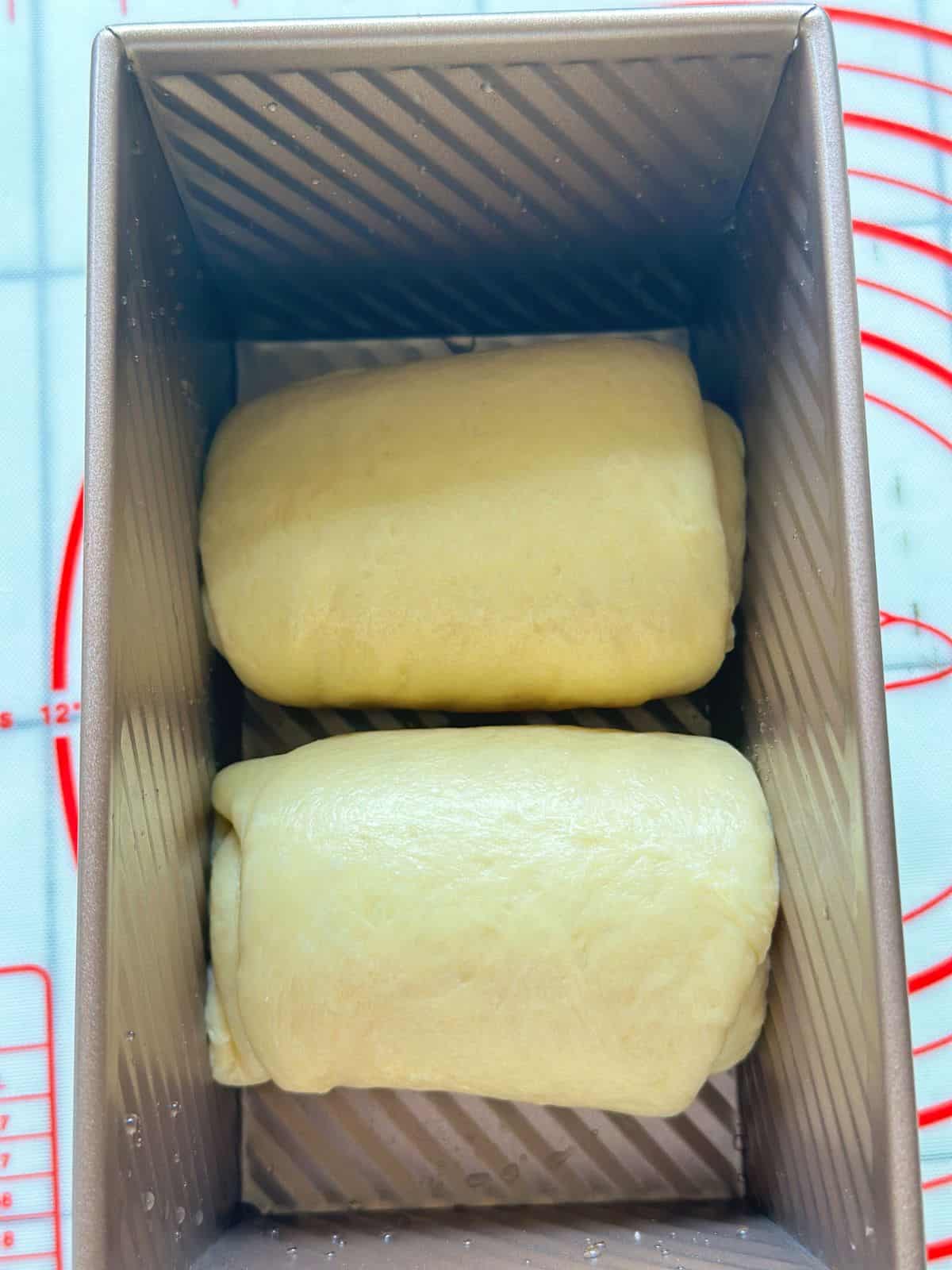
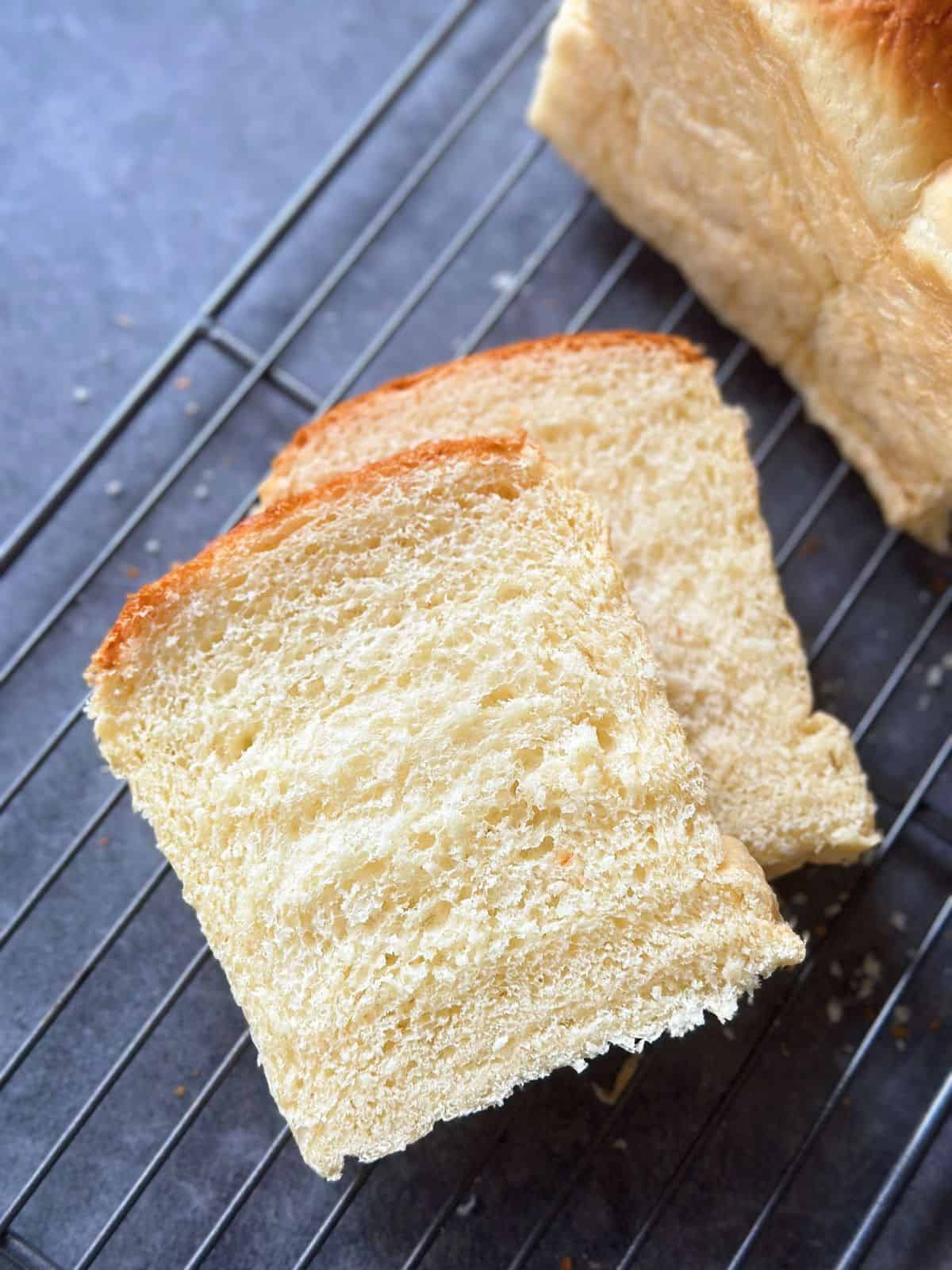
Expert Tips
Use a kitchen scale. Precise measurements matter in baking, and a scale is cheap yet makes a big difference in consistency and results.
Always use boiling hot water. The water should be freshly boiled (around 100°C/212°F) to ensure the flour gelatinizes properly. Pour it over the flour and mix quickly to form a spaste.
Stick to 20–30% of the total flour. Using too much Yudane can make your dough overly soft and hard to handle. A good rule of thumb is to use 20–30% of the total flour in your recipe for Yudane.
If combining with a preferment (like Lao Mian, Biga, or Poolish), adjust accordingly. To avoid an overly hydrated dough, try 10–15% for Yudane and 10–15% for the preferment, balancing the two methods without overwhelming the dough structure.
Reduce water if using all-purpose flour. All-purpose flour absorbs less water than bread flour. If you’re substituting it, reduce the total liquid in your recipe by 10–15ml (1 tbsp) to keep the dough from becoming too wet.
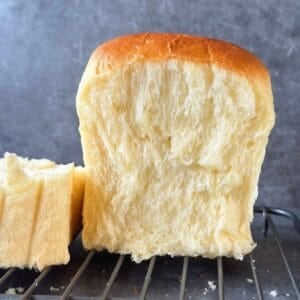
Yudane: Asia’s Best-Kept Secret for Next-Level Dough
Ingredients
Yudane
- 75 g bread flour (½ cup + 1 tbsp)
- 90 g boiling water (6 tbsp)
Main Dough
- 225 g bread flour (1¾ cups + 2 tbsp)
- 1 egg (size L)
- 2 tbsp granulated sugar
- 65 g whole milk (¼ cup + 1 tsp)
- 1 tbsp skimmed milk powder (optional)
- ¼ tsp salt
- 4 g instant yeast (1 tsp) (for active dry yeast, activate with 2 tbsp lukewarm milk from the total amount)
- 45 g butter (3 tbsp)
Instructions
- Combine a portion of the flour with boiling water (typically 1:1.2 ratio by weight). Mix quickly until a sticky paste forms. Let it cool completely—for best results, refrigerate overnight before using.
- In a mixing bowl, combine the remaining flour, milk, milk powder, sugar, salt, egg, yeast, and the chilled Yudane (cut the Yudane into small pieces using scissors for easier mixing).
- Knead until the dough starts developing gluten. Then add the softened butter and continue kneading until the dough becomes smooth, elastic, and pulls away cleanly from the sides of the bowl.
- Cover the bowl and let the dough rise in a warm, draft-free place (such as an oven with a bowl of hot water) for about 1 hour, or until it increases in volume by 1.5 to 2 times.
- Once risen, your dough is ready to be shaped into your favorite bread—just like any regular bread dough.
